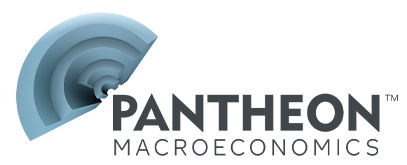- © 2025 Pantheon Macroeconomics
- Tel: +1 914 610 3830
Pantheon Macroeconomics
Best viewed on a device with a bigger screen...
Below is a list of our Eurozone Publications for the last 5 months. If you are looking for reports older than 5 months please email info@pantheonmacro.com, or contact your account rep
Please use the filters on the right to search for a specific date or topic.
In one line: Nothing here for ECB doves.
In one line: No cut today; is the SNB easing cycle over?
In one line: All set for a rebound into year-end.
In one line: Still on track for a final rate cut in September.
In one line: We were wrong; SNB opts for another small cut.
In one line: All set for doves to take charge of ECB policy over the summer.

independent macro research, Eurozone Document Vault, Pantheon Macro, Pantheon Macroeconomics, independent research, ian shepherdson, economic intelligence,